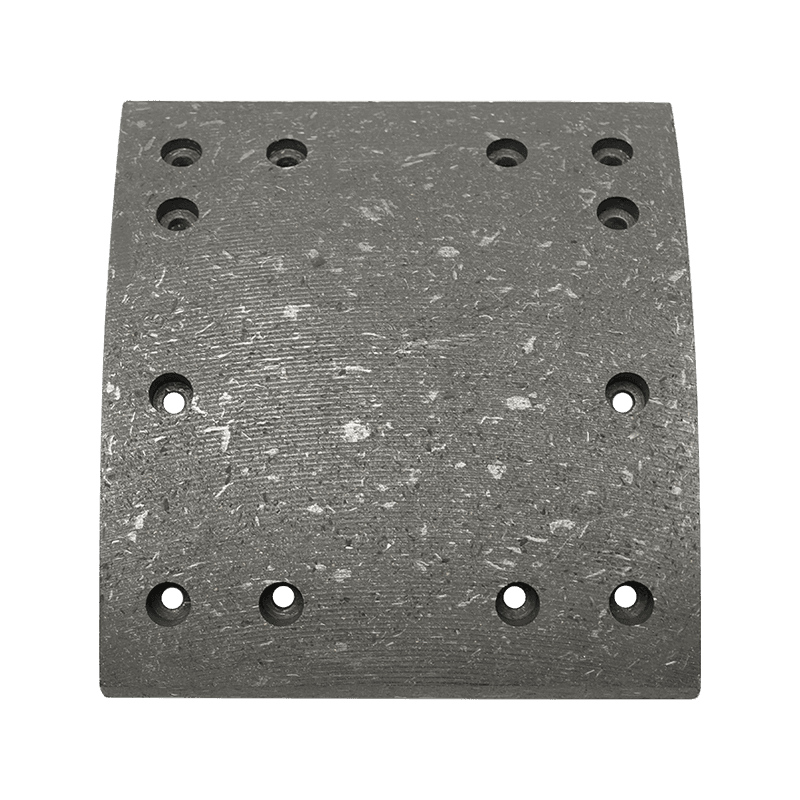 2025.10.31
2025.10.31
 Industry News
Industry News
Brake lining is a crucial component of your vehicle's braking system. Understanding how they work, when to replace them, and how to maintain them can help keep you safe on the road and save you money in the long run.
Brake linings are the friction material that presses against the brake drum or rotor to create the friction needed to slow or stop your vehicle. When you press the brake pedal, hydraulic pressure forces the brake lining against the rotating drum or rotor, converting kinetic energy into heat through friction.
| Component | Function |
| Brake Lining | Friction material that contacts the drum or rotor |
| Backing Plate | Metal structure that supports the brake lining |
| Adhesive Layer | Bonds the lining material to the backing plate |
There are several types of brake lining materials available, each with different characteristics:
| Type | Material Composition | Best For | Pros | Cons |
| Organic | Rubber, glass, Kevlar, resins | Everyday driving | Quiet operation, affordable | Wears faster, not for heavy use |
| Semi-Metallic | 30-65% metal fibers | Performance vehicles | Better heat dissipation | Noisier, wears rotors faster |
| Ceramic | Ceramic fibers, filler materials | High-end vehicles | Quiet, clean, long-lasting | More expensive |
Brake linings wear down over time and need replacement. Here are signs that your brake linings may need attention:
| Driving Condition | Average Lifespan (miles) |
| City driving (stop-and-go) | 25,000-35,000 |
| Highway driving | 40,000-50,000 |
| Towing/hauling | 15,000-25,000 |

Proper maintenance can extend the life of your brake linings:
Brake linings are critical for vehicle safety. Always:
Note: Brake dust from worn linings can contain hazardous materials. When working with brake components, wear protective gear and clean up properly.
Modern brake linings are designed to be more environmentally friendly, but some still contain materials that can impact the environment:
| Material | Environmental Concern | Modern Alternatives |
| Asbestos (older linings) | Highly toxic, banned in many countries | Ceramic, Kevlar-based materials |
| Copper | Can contaminate water sources | Copper-free formulations |
| Synthetic fibers | Microplastic pollution | Natural fiber composites |
There's no set mileage for brake lining replacement as it depends on driving habits and conditions. Have them inspected regularly and replace when worn to about 1/4 inch thickness.
It's recommended to replace linings in axle sets (both front or both rear) to maintain even braking performance.
Aggressive driving, frequent stop-and-go traffic, carrying heavy loads, and poor-quality linings can all lead to premature wear.
Understanding your vehicle's brake linings helps you make informed maintenance decisions and ensures your braking system performs when you need it most. Regular inspections and prompt attention to any issues will keep your brakes functioning properly and your vehicle safe on the road.